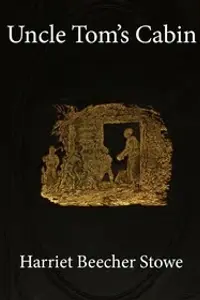Summary
Uncle Tom’s Cabin by Harriet Beecher Stowe is a powerful anti-slavery novel that helped ignite the abolitionist movement in the United States.
First published in 1852, it tells the story of Uncle Tom, a deeply spiritual and compassionate enslaved man whose faith and dignity remain unshaken through immense suffering.
As Tom is sold from one owner to another, the novel weaves together multiple storylines: the daring escape of Eliza and her son across the frozen Ohio River, the moral struggles of slaveholders like Augustine St.
Clare, and the brutal tyranny of plantation owner Simon Legree.
Through these intersecting narratives, Stowe exposes the cruelty and inhumanity of slavery while appealing to the reader’s conscience with vivid characters and emotional depth.
Widely credited with shifting public opinion in the pre-Civil War era, Uncle Tom’s Cabin remains a landmark of American literature—a passionate plea for justice, equality, and human dignity.
